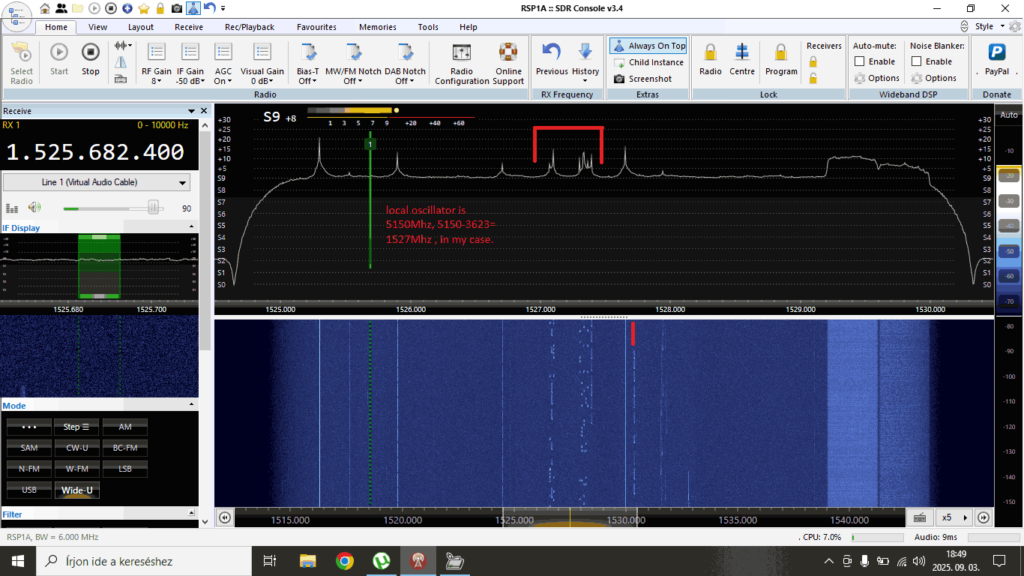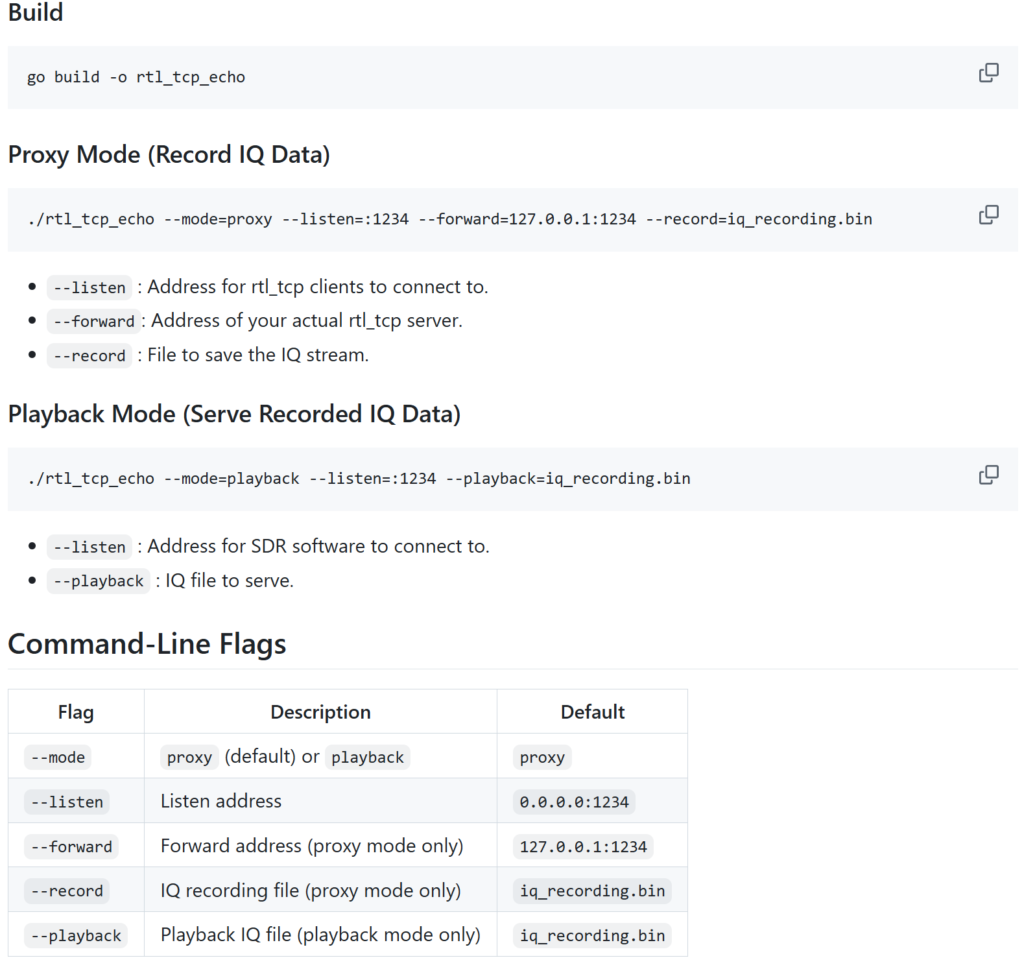With the recent changes to US import policy, many shops in the EU, including ham radio shops, have begun suspending shipments to the United States. This is the result of both a widespread suspension of shipments to the US by most EU mail carriers and the ongoing unpredictability of the situation.
One French reseller of our products has written in to our blog, and wanted to explain the reason for their decision to suspend shipments to the US. We believe that other ham radio shops in the EU may also be in a similar position.
To our US Amateur Radio Clients and Community
Because of the recent 15% tariff increase on products imported from the European Union, the suspension of several carrier services to the US, and the growing complexity of the US import system, our online shop Passion-Radio.com must suspend all shipments to the United States until further notice.
In particular, La Poste, the French national postal operator, suspended parcel shipments to the United States as of August 25, 2025 (1), removing one of the main EU–US postal channels. At the same time, UPS announced that starting September 8, 2025, an additional international processing fee will apply to all import shipments, regardless of origin.
There has also been some misunderstanding regarding customs procedures. When parcels arrive in the United States, the buyer must settle not only the 15% customs duty, but also the service fee charged by the carrier for filing customs declarations and advancing duties to US Customs. These charges are billed locally at delivery and remain outside the seller’s control. Import duties and tariffs are always the responsibility of the buyer, not the seller.
"Unfortunately, with constant changes in tariffs, rates, and carrier processes, we cannot guarantee fair, efficient, and transparent shipping conditions," said David, F1JXQ, Director of Passion Radio. "Our goal is to resume shipments to the US as soon as a reliable and cost-effective solution is available for everyone."
Meanwhile, our collaboration with five US-based suppliers continues without disruption, as the European Union has not imposed any retaliatory tariffs or reciprocal 15% import duties on products arriving from the United States.
Updates will be communicated through our shop: https://www.passion-radio.com/store/hamradio-us-tariff-43 and our social channels.
To all our US friends on the bands: we thank you for your understanding and support, and we look forward to resuming deliveries as soon as possible.
They go on to explain an example:
Practical tariffs impact on an item €50
Before tariffs (without 15%, rate €1 = $1.12 April 2025 rate)
Conversion: €50 × 1.12= $56.00*
Total payable ≈ $56.00
After tariffs (with 15%, rate €1 = $1.16 August 2025 rate)
Conversion: €50 × 1.16 = $58.00*
Customs duty 15%: $58.00 × 0.15 = $8.70
Carrier fees (on average, import processing): $15.00
Total payable ≈ 58.00 + 8.70 + 15.00 = $81.70
Total surcharge ≈ +$25.70 (~+45.89% increase compared to $56.00, before tariff tax)
* Not calculated, fees that may apply when converting Euro € <> US $.
FAQ
• Q1: Who pays import duties and tariffs when ordering from Europe?
By law, the US buyer must pay all customs duties, tariffs, and fees when importing goods from Europe. These charges are not paid by the seller.
• Q2: Why do carriers charge extra fees?
Carriers like UPS, FedEx, or DHL must submit customs declarations and advance duties to US Customs. For this, they bill a brokerage or processing fee directly to the buyer.
Sources :
(1) https://www.lemonde.fr/economie/article/2025/08/22/la-poste-suspend-l-envoi-de-colis-vers-les-etats-unis_6633516_3234.html




